What is a Soil Nail Wall?
Time:2025-07-14From:sinorock View:
Soil nail walls represent a cornerstone of modern geotechnical engineering, offering a robust and cost-effective method to stabilize slopes, support deep excavations, and reinforce retaining structures. This technique involves embedding high-strength steel bars, commonly referred to as soil nails, into the ground to enhance soil stability and prevent catastrophic failures such as landslides, slope collapses, or structural instability. The integration of advanced materials, particularly self-drilling rock bolts, has revolutionized the efficiency and applicability of soil nail walls, making them a preferred choice for a wide range of construction projects, including highway embankments, urban building developments, and tunnel excavations. Unlike traditional retaining walls that rely on massive concrete structures, soil nail walls leverage the inherent strength of the soil itself, reinforced by strategically placed nails, to create a stable composite system. This approach not only reduces construction costs but also minimizes environmental impact by requiring less material and excavation. The versatility of soil nail walls, combined with innovations like self-drilling rock bolts, allows engineers to address complex geotechnical challenges in both urban and rural settings, ensuring safety and durability in infrastructure projects worldwide.
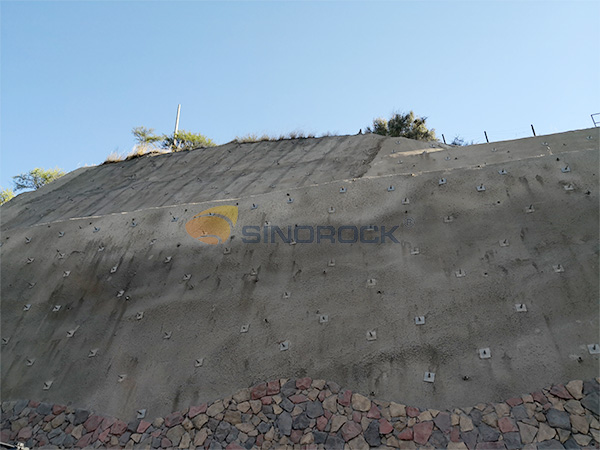
Soil Nail Wall Supporting Materials
The performance of a soil nail wall hinges on the quality and appropriateness of its supporting materials, which are selected based on soil conditions, project requirements, and durability needs. The primary materials used in soil nail walls include:
Grouted Soil Nails
These are the most widely used, consisting of high-strength steel bars, typically 20-40 mm in diameter, inserted into pre-drilled boreholes. The holes are filled with cement grout, which bonds the nail to the surrounding soil, enhancing load transfer and providing corrosion protection. Grouted nails are ideal for cohesive soils and offer reliable long-term performance when properly designed.
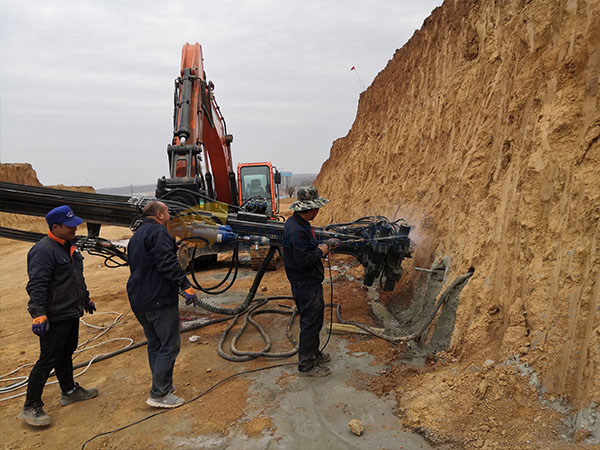
Driven Soil Nails
These involve driving steel bars directly into the soil without pre-drilling, a method suited for softer, less dense soils like silts or loose sands. However, driven nails are less common due to the risk of damaging the bars during installation, which can compromise their structural integrity. They are typically used in temporary applications where speed is prioritized over longevity.
Self-Drilling Rock Bolts
A cutting-edge innovation, self-drilling rock bolts combine drilling and grouting in a single operation. These hollow steel bars, equipped with a drill bit at the tip, serve as both the drilling tool and the reinforcement element. As the bolt is drilled into the ground, grout is injected through the hollow core, securing the bolt and stabilizing the surrounding soil or rock. Self-drilling rock bolts are particularly effective in challenging conditions, such as loose soils, fractured rock, or mixed ground, where traditional drilling may be difficult. Their efficiency reduces installation time and labor costs, making them a game-changer for complex geotechnical projects.
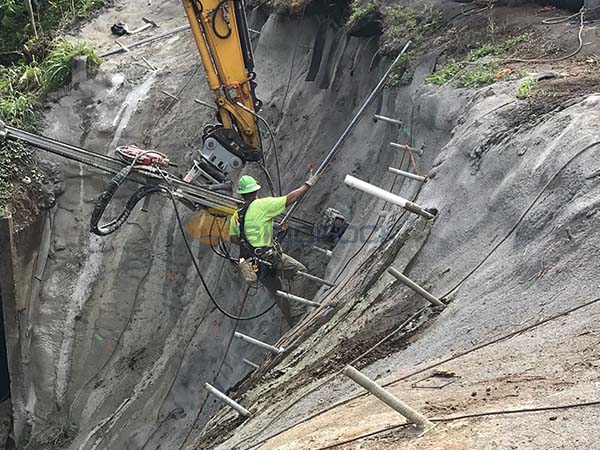
Temporary vs. Permanent Soil Nails
Temporary soil nails, often made with basic steel, are designed for short-term stabilization, such as during construction phases lasting a few months to a year. Permanent soil nails, including self-drilling rock bolts, are engineered for long-term durability, incorporating corrosion-resistant coatings like galvanization or epoxy to withstand environmental factors such as moisture and chemical exposure. The choice between temporary and permanent nails depends on the project’s lifespan and environmental conditions. The selection of materials, particularly the use of self-drilling rock bolts, is critical to ensuring the wall’s stability and longevity. Engineers must consider factors like soil type, groundwater presence, and load requirements when choosing the appropriate material to achieve optimal performance.
Applications of Soil Nail Walls
Soil nail walls are highly versatile and find applications in a variety of geotechnical scenarios:
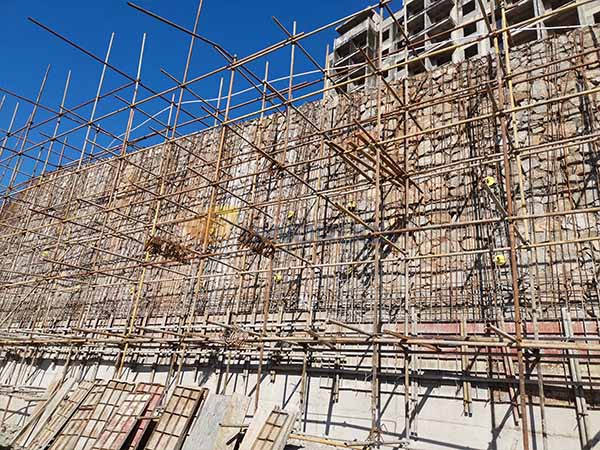
Slope Stabilization
Soil nail walls are extensively used to prevent landslides on steep slopes, particularly along highways, railways, or near residential areas. Self-drilling rock bolts excel in unstable soils or rocky terrains, where their ability to penetrate difficult ground ensures robust stabilization. For example, in mountainous regions prone to erosion, soil nail walls have been used to secure slopes along major transportation corridors.
Excavation Support
In urban environments, where deep excavations are required for high-rise buildings, bridges, or subway tunnels, soil nail walls provide critical support to prevent soil collapse. Self-drilling rock bolts are particularly valuable in mixed ground conditions, allowing rapid installation without the need for separate drilling equipment.
Retaining Wall Reinforcement
Soil nail walls strengthen both existing and new retaining walls, reducing the need for bulky concrete structures. This is especially beneficial in space-constrained urban settings, where self-drilling rock bolts enable faster construction with minimal disruption to surrounding infrastructure.
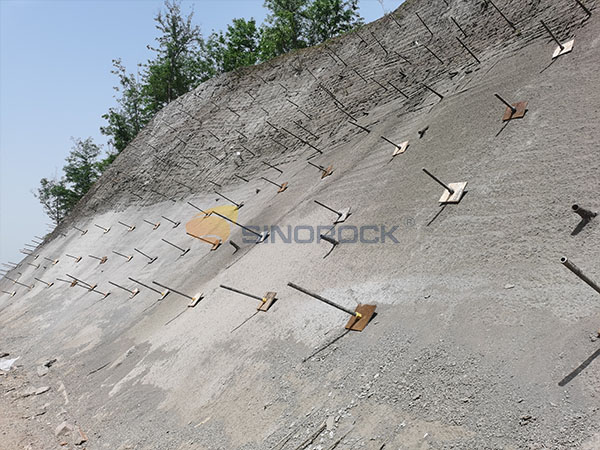
Repair of Failed Slopes
When slopes experience partial failure due to erosion or seismic activity, soil nail walls, particularly those with self-drilling rock bolts, can restore stability. Their ability to penetrate fractured or loose ground makes them ideal for retrofitting damaged slopes, as seen in post-earthquake reconstruction projects. The adaptability of soil nail walls, amplified by the efficiency of self-drilling rock bolts, makes them suitable for projects in diverse geological and environmental conditions, from densely populated cities to remote rural areas with complex topography.
Construction Requirements
Building a soil nail wall, requires meticulous planning and adherence to rigorous engineering standards. Key requirements include:
Site Investigation: A thorough geotechnical survey is essential to assess soil and rock properties, groundwater conditions, and load requirements. This involves soil sampling, laboratory testing, and geophysical surveys to determine parameters like shear strength and permeability.
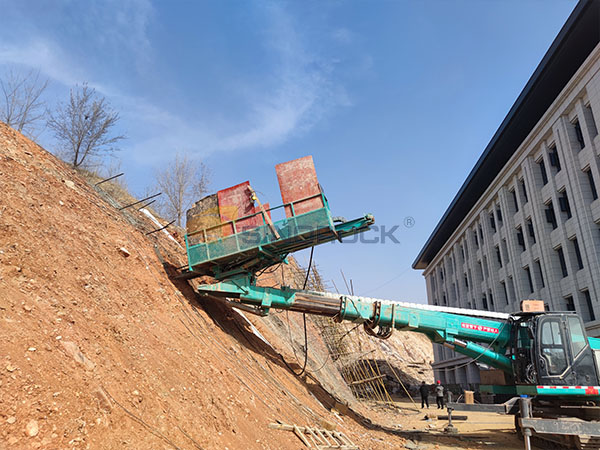
Material Selection: High-strength steel bars, typically 20-40 mm in diameter, are paired with quality cement grout to ensure structural integrity. Self-drilling rock bolts require specialized hollow bars and compatible grout mixes designed for simultaneous drilling and injection, ensuring a strong bond with the surrounding ground.
Design Standards: The design must comply with established codes, such as those from the American Society of Civil Engineers (ASCE), Federal Highway Administration (FHWA), or Eurocode. These standards specify factors like nail spacing, length, and angle to ensure stability under varying loads.
Corrosion Protection: For permanent applications, soil nails, including self-drilling rock bolts, must be protected against corrosion using galvanization, epoxy coatings, or sacrificial anodes, particularly in aggressive environments like coastal areas with high salinity.
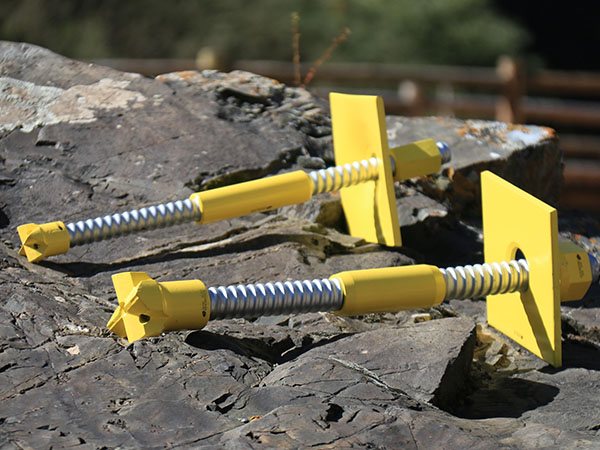
Drainage Systems: Proper drainage is critical to prevent water pressure buildup, which can destabilize the wall. This may include installing weep holes, drainage pipes, or geosynthetic drains behind the wall facing. These requirements, tailored to the specific site and material choices, ensure that soil nail walls perform reliably and safely over their intended lifespan.
Construction Process
The construction of a soil nail wall, follows a systematic and well-coordinated process:
Site Preparation: The site is cleared of vegetation, debris, and obstacles, followed by a detailed geotechnical survey to confirm soil and rock conditions. This step ensures that the design aligns with actual ground conditions.
Drilling: For traditional grouted nails, boreholes (100-150 mm in diameter) are drilled at predetermined angles and depths, typically 10-20 degrees from horizontal. Self-drilling rock bolts streamline this process by using hollow bars that drill and inject grout simultaneously, eliminating the need for separate drilling equipment.
Nail Installation: Traditional nails are inserted into boreholes and secured with grout, while self-drilling rock bolts are installed in a single step, significantly reducing construction time. The grout bonds the nail to the soil or rock, enhancing load transfer.
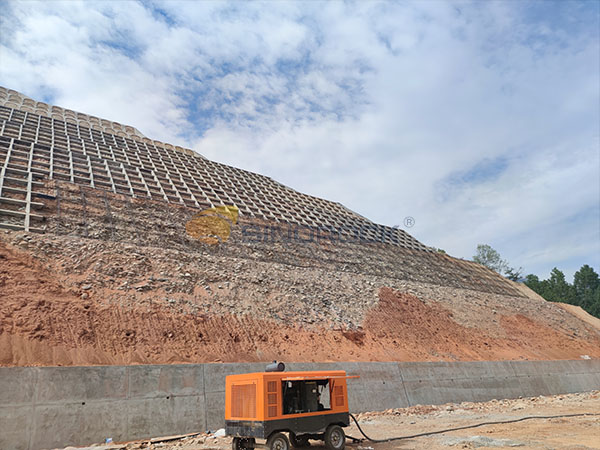
Facing Application: A facing layer, such as shotcrete (sprayed concrete) or precast concrete panels, is applied to the wall surface to distribute loads and protect against erosion. Temporary facings may use wire mesh, while permanent facings often include aesthetic treatments for urban settings.
Testing and Monitoring: Load tests, such as pull-out tests, are conducted to verify the capacity of the nails.
Finishing: Additional features like drainage systems, landscaping, or architectural finishes are added to enhance functionality and aesthetics, particularly for permanent walls in visible locations.
Conclusion
Soil nail walls, enhanced by advanced supporting materials like self-drilling rock bolts, are a vital tool in geotechnical engineering, offering reliable and cost-effective solutions for slope stabilization, excavation support, and retaining wall reinforcement. The integration of self-drilling rock bolts significantly improves efficiency, particularly in difficult soil or rock conditions, making them indispensable for modern construction projects. By understanding the supporting materials, applications, construction requirements, and processes, engineers and project managers can harness the full potential of soil nail walls to ensure safety, durability, and efficiency in diverse infrastructure projects. As global demand for resilient infrastructure grows, soil nail walls, with their adaptability and innovative materials, will continue to play a pivotal role in shaping the future of civil engineering.
latest news
-
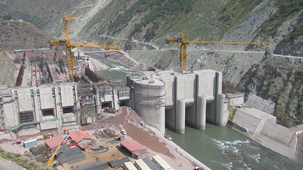
- What Are the Applications of SDA Bolts in Hydropower Stations?
- Time:2025-08-21From:This Site
- Learn how self-drilling anchor bolts enhance slope stability, tunnel support, and dam reinforcement in complex geological conditions at hydropower stations. Optimize hydropower projects with efficient, cost-effective, and eco-friendly solutions.
- View details
-
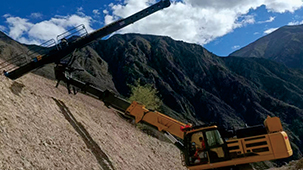
- Slope Stabilization with SDA Bolts: Benefits & Applications
- Time:2025-08-19From:This Site
- Discover how self-drilling anchor bolts (SDA bolts) provide superior slope stabilization for highways, railways, and tunnels. Learn their key benefits, installation process, and real-world applications in loose or collapsible soils.
- View details
-
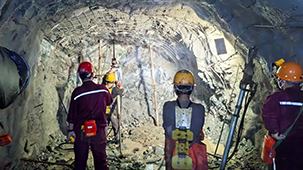
- How Self-Drilling Rock Bolts Enhance Tunnel Support in Fractured Rock?
- Time:2025-08-15From:This Site
- Discover how self-drilling rock bolts enhance tunnel support in fractured rock. Learn their benefits, installation steps, and real-world applications for safe, efficient tunneling.
- View details
-

- Sinorock 2025 Quality Month | Strengthening Quality Foundations, Empowering Product Excellence
- Time:2025-08-13From:This Site
- Sinorock’s 2025 Quality Month, themed “Strengthening Quality Foundations, Empowering Product Excellence,” successfully concluded, reinforcing our commitment to superior product quality.
- View details
-

- Sinorock Safety Month 2025 | Everyone Speaks Safety, Everyone Can Respond
- Time:2025-07-03From:This Site
- Sinorock Safety Month 2025, centered on the theme "Everyone Speaks Safety, Everyone Can Respond - Spot Workplace Hazards," has wrapped up successfully!
- View details
-
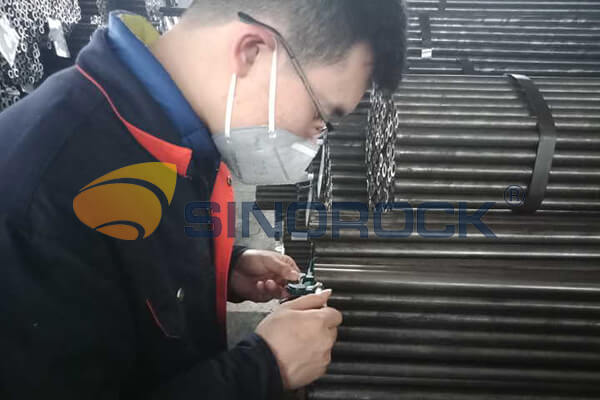
- Quality Control: the Vital Factor of A SDA Bolt Factory
- Time:2025-01-09From:This Site
- Sinorock’s comprehensive quality control system, from supplier management to outgoing inspections, ensuring the highest standards for self-drilling anchor bolts in construction.
- View details
-

- Sinorock Invites You to Explore Proven Self-Drilling Anchor Bolt Solutions at bauma 2025
- Time:2025-03-07From:This Site
- From April 7–13, 2025, explore Sinorock’s Self-drilling anchor bolt solution at Booth C2.513/4 in Hall C2 of the Messe München Exhibition Center (Munich, Germany).
- View details
-
.jpg)
- SINOROCK to Attend EXPOMINA PERÚ 2024 in Lima, Peru
- Time:2024-08-10From:This Site
- Sinorock to Attend EXPOMINA PERÚ 2024 in Lima, Peru
- View details
-
.jpg)
- SINOROCK to Participate in MINING AND METALS CENTRAL ASIA 2024
- Time:2024-08-08From:This Site
- SINOROCK to Participate in MINING AND METALS CENTRAL ASIA 2024
- View details
 Download
Download 


